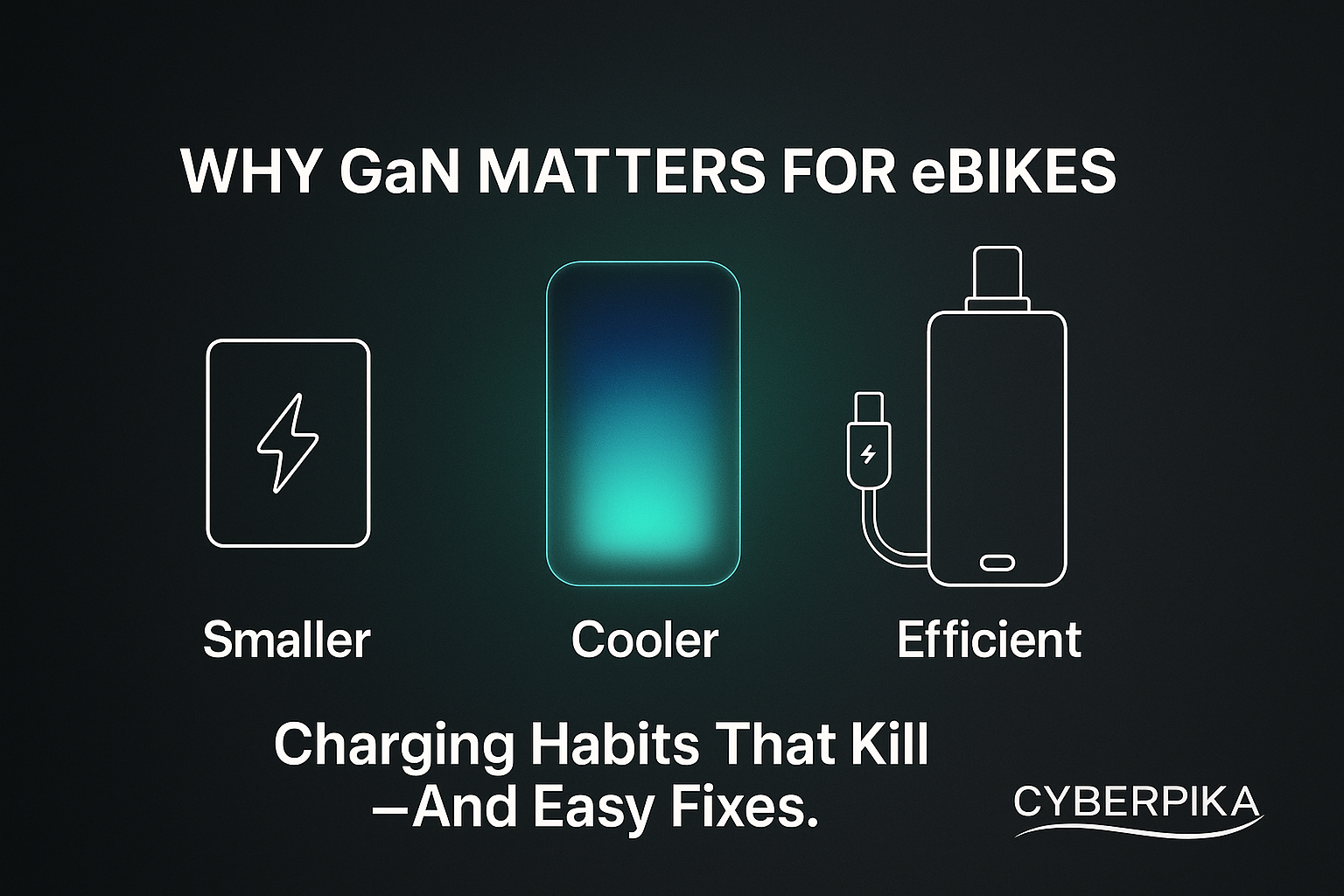The lithium-ion battery in your e-bike is a masterpiece of chemistry, but its performance and longevity are highly sensitive to temperature. Heat and extreme cold are the two biggest enemies of your battery pack, especially during the charging process.
Charging outside the recommended temperature range not only shortens your battery's lifespan but, in extreme cases, can create a serious fire hazard. Here are the essential temperature rules for safe and effective e-bike charging.
The Optimal Charging Range
For most e-bike batteries, the ideal temperature for charging is comfortable room temperature.
Charging within this range ensures the chemical reactions inside the battery are efficient, stable, and place minimal stress on the cells.
The Danger of Charging in the Cold
The cold is a silent killer of battery health, particularly when charging.
The Risk: Lithium Plating
-
Below (): When you try to charge a frozen or near-frozen battery, the lithium ions cannot easily enter the anode material. Instead, they deposit as metallic lithium on the anode's surface, a process called "lithium plating."
-
The Consequence: Lithium plating is permanent. It irreversibly reduces the battery's capacity and dramatically increases the risk of an internal short circuit, which can lead to thermal runaway and fire.
The Fix: Warm It Up First
If your e-bike battery has been outdoors, in a cold garage, or you've just finished a winter ride:
-
Bring it Inside: Remove the battery and bring it into a warm, climate-controlled space (your home).
-
Wait an Hour: Allow the battery to sit for at least to fully warm up to room temperature. It should be comfortable to the touch before you plug in the charger.
-
NEVER Use Direct Heat: Do not place the battery near a fireplace, heater, or radiator to speed up the warming process, as this creates a new, immediate fire hazard.
The Danger of Charging in the Heat
Heat, from riding or from a hot environment, is the number one cause of long-term battery degradation.
The Risk: Accelerated Aging
-
Above (): Charging a hot battery adds more heat to an already stressed system. Heat accelerates the undesirable side reactions within the cells, which thickens the internal layers and causes permanent loss of capacity (cell aging).
-
Extreme Heat: If the battery's internal temperature gets too high (especially above or ), the risk of thermal runaway increases significantly.
-
Hot Car Warning: Never leave your battery or e-bike in a closed car on a sunny day. Interior temperatures can quickly exceed (), putting the battery into a highly dangerous state.
The Fix: Cool It Down First
If your e-bike battery is warm from a long, strenuous summer ride or from sitting in the sun:
-
Rest and Ventilate: Bring the battery indoors and place it in a cool, shaded area.
-
Wait an Hour: Allow it to rest for until it is cool to the touch.
-
Charge in the Shade: Always charge in a cool, well-ventilated area, away from direct sunlight.
By making simple adjustments to your charging routine based on the ambient temperature, you can dramatically improve the safety and longevity of your e-bike battery.


Share:
Charging Habits That Kill Your Pack—And Easy Fixes
Storage Guide: 50% State-of-Charge & Cool, Dry Places